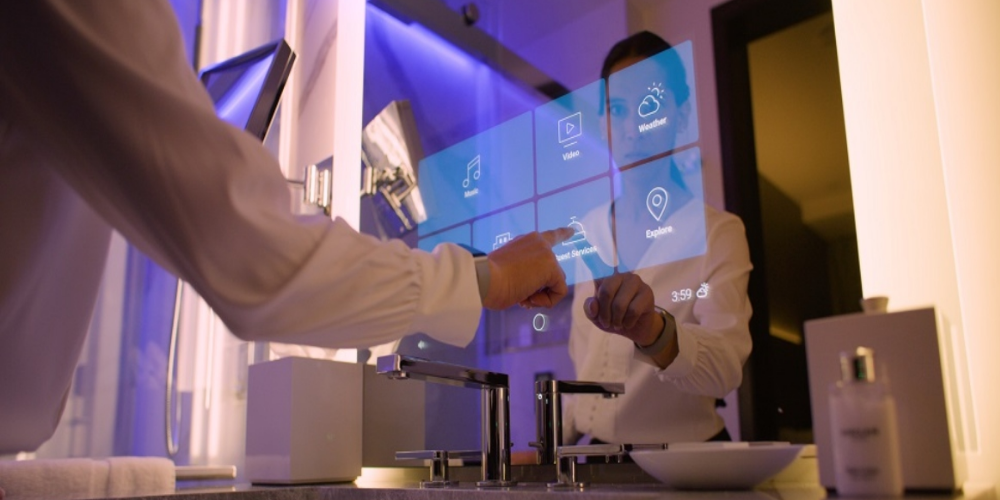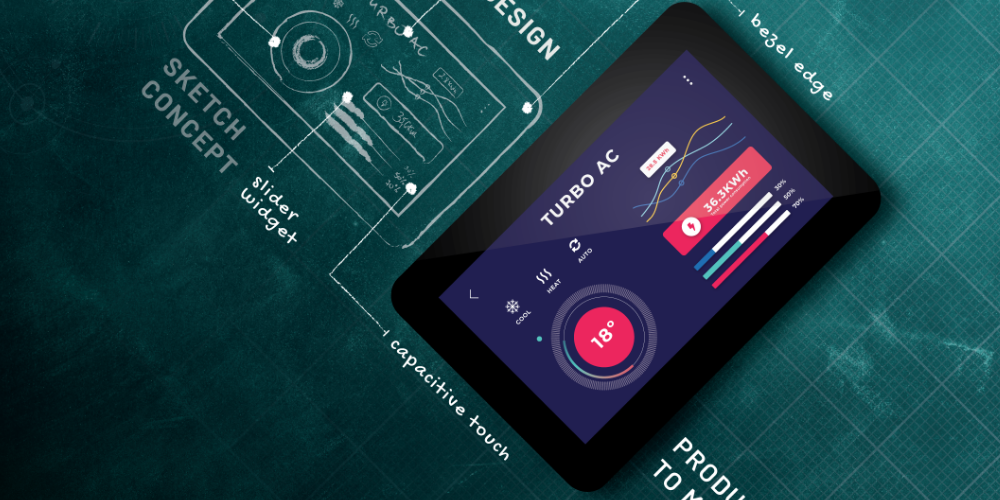
In the current technological landscape, displays significantly influence user experience, power consumption, and device performance across various applications from smartphones to medical devices. However, with a multitude of display technologies available, it can be daunting to identify the optimal display for specific applications. This content delves into OLED technology, outlining its unique characteristics suitable for a wide array of applications. It further discusses the different types of OLED technology, comparing OLED with other display technologies like QNED and LED, and exploring its potential applications.

Intelligent display solutions are the crucial link between automated data and personalised micro-environments. These solutions are the cornerstone of smart homes, controlling everything from lighting and temperature to security and entertainment. Cutting-edge technology seamlessly integrates the physical world with the digital realm. Let’s explore the fascinating world of display solutions and the role they play in shaping our connected future.

Most technology businesses will, at some stage, consider whether it is more efficient to build their own intelligent display solution from scratch or buy an off-the-shelf module. This white paper dives into the key factors that designers and manufacturers should take into account when making this crucial decision. From production and development cycles to the versatility and customisation of the end product, we'll help you weigh the pros and cons of both options so you can make a decision that best fits your business needs.

Scantrol, an independent supplier of monitoring and control systems for the marine industry, partnered with 4D Systems to equip its mTrack AHC Controller with an OLED display module. The selection of the display was guided by considerations like size, shape, interface, and temperature. According to Øystein Aase, Senior Developer, AHC & Autonomous Systems, the display was critical for operators, offering key information. The OLED display was particularly necessary for providing operators with unique IP addresses to connect with other equipment and for remote support, even while at sea. The display was designed to operate reliably under challenging sea conditions.






